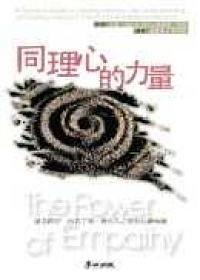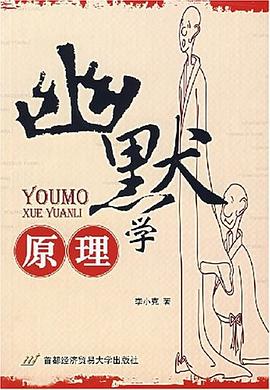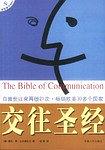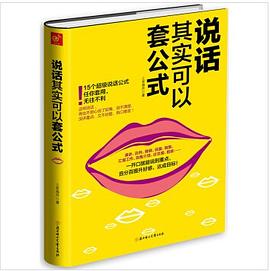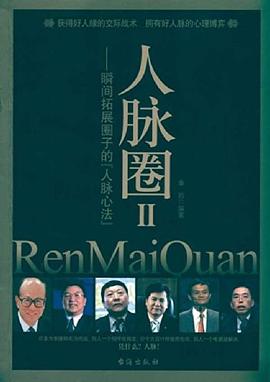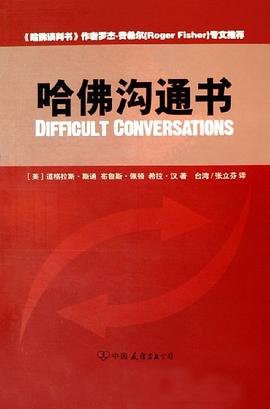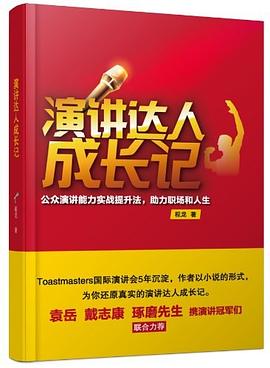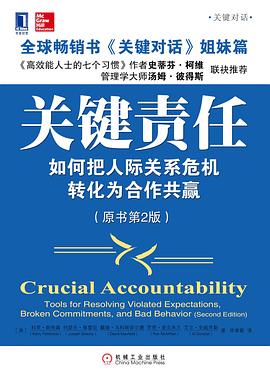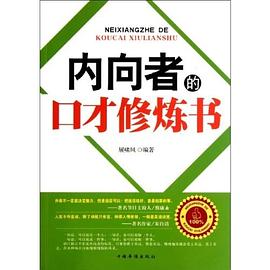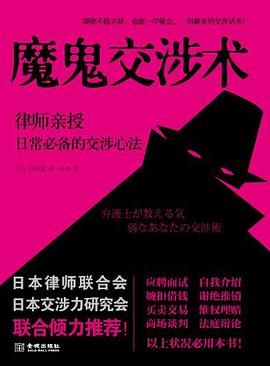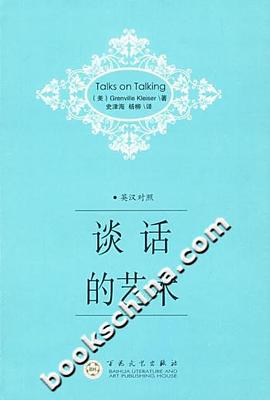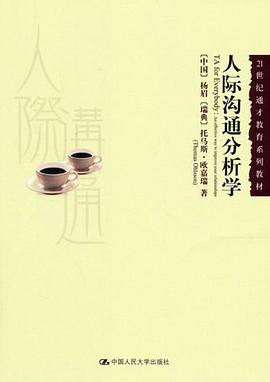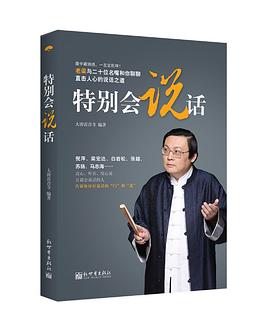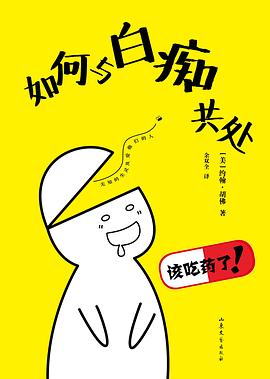

具體描述
Editorial Reviews
From Publishers Weekly
Starred Review. Unabashedly inspired by Malcolm Gladwell's bestselling The Tipping Point, the brothers Heath—Chip a professor at Stanford's business school, Dan a teacher and textbook publisher—offer an entertaining, practical guide to effective communication. Drawing extensively on psychosocial studies on memory, emotion and motivation, their study is couched in terms of "stickiness"—that is, the art of making ideas unforgettable. They start by relating the gruesome urban legend about a man who succumbs to a barroom flirtation only to wake up in a tub of ice, victim of an organ-harvesting ring. What makes such stories memorable and ensures their spread around the globe? The authors credit six key principles: simplicity, unexpectedness, concreteness, credibility, emotions and stories. (The initial letters spell out "success"—well, almost.) They illustrate these principles with a host of stories, some familiar (Kennedy's stirring call to "land a man on the moon and return him safely to the earth" within a decade) and others very funny (Nora Ephron's anecdote of how her high school journalism teacher used a simple, embarrassing trick to teach her how not to "bury the lead"). Throughout the book, sidebars show how bland messages can be made intriguing. Fun to read and solidly researched, this book deserves a wide readership. (Jan. 16)
Copyright © Reed Business Information, a division of Reed Elsevier Inc. All rights reserved.
From Booklist
Based on a class at Stanford taught by one of the authors, this book profiles how some ideas "stick" in our minds while the majority fall by the wayside. Urban legends, conspiracy theories, and compelling advertising make up much of the intrinsically interesting examples that the Heaths profile that qualify for "stickiness." This book explores what makes social epidemics "epidemic" and, as the Heaths cite from Malcolm Gladwell's Tipping Point (2000), defines the secret recipe that makes an idea viral. The principles of stickiness are examined--an unexpected outcome, lots of concrete details that we remember, emotion, simplicity, and credibility--all packaged in an easily told story format. Taking these five stickiness attributes, the book offers numerous examples of how these properties make up the stories we are all familiar with--the urban legend about kidney theft and the razor blades supposedly lurking in Halloween candy. Exercises, checklists, and other tools are sprinkled throughout the book to help the reader understand and test how stickiness can be applied to their ideas, whether they are teachers, parents, or CEOs. Gail Whitcomb
Copyright © American Library Association. All rights reserved
著者簡介
奇普·希思(Chip Heath)現任斯坦福大學商學院組織行為學教授。現居於加州洛斯加托斯。
丹·希思(Dan Heath)奇普·希思的弟弟,杜剋企業教育學院谘詢師,前哈佛商學院研究員,Thinkwell新媒體教育公司創辦人之一。現居於北加利福尼亞羅利市。
圖書目錄
1. Simple
2. Unexpected
3. Concrete
4. Credible
5. Emotional
6. Stories
Epilogue: What sticks.
· · · · · · (收起)
讀後感
高效传播的本质是对人性的洞察,其中,聚焦和讲故事又是最重要的两条。 1.Simple 第一条也是最重要的一条,聚焦一个核心,做减法。 这其实也是人性中的至关重要的一个方面,心智空间有限。 “如果你从十个方面去辩论,即使每一方面都发挥得很好,当陪审员回到休息室,他们还...
評分用户新增难做,维护老用户,增加复购现在显得越来越重要,下面4中策略可以有效提升复购率 ①搭建合理的会员体系:常见的做法如会员等级体系、会员尊享活动、积分换购、会员成长体系等等。 ②商品拥有权和消费权分离:最有效的用户忠诚就是质押,为用户有东西在你手里,又为了避...
評分那次听演讲比赛,同一个题目,有人讲得国色生香,让人听得津津有味,而有的却讲得生涩难懂,让人昏昏欲睡,为什么会有如此的反差呢?当时只简单地归结为有的人表达好,有的人不会表达。 为什么有的人表达好,而有的人不好呢?这似乎只可意会不可言传,只能统统归结为天赋,与...
評分在本书中,你将会了解到黏性创意所遵循的6条原则: 原则一 简约 简约=核心+精练。 原则二 意外 吸引对方注意:用惊奇。维持对方注意力:用兴趣。 原则三 具体 让别人听得懂、记得住。 原则四 可信 让别人相信。 原则五 情感 让别人关心在...
用戶評價
感覺就是本case study,來來迴迴例舉看到後麵覺得好囉嗦。而且一看是2007年的,十年之後的今天營銷方案不知道又改變瞭多少。。
评分Simple, Unexpected, Concrete, Credible, Emotional, Stories.
评分感覺就是本case study,來來迴迴例舉看到後麵覺得好囉嗦。而且一看是2007年的,十年之後的今天營銷方案不知道又改變瞭多少。。
评分SUCCESS原則,“知識的詛咒”,都太棒瞭!
评分現在聽這些nonfiction總是覺得很重復,可能是類似東西讀瞭很多瞭。給我印象最深的是curse of knowledge,就是一旦擁有瞭的知識就很難去設身處地想象沒有這個知識的人該怎樣接受這個知識瞭。對於教課有點啓發。
相關圖書
本站所有內容均為互聯網搜索引擎提供的公開搜索信息,本站不存儲任何數據與內容,任何內容與數據均與本站無關,如有需要請聯繫相關搜索引擎包括但不限於百度,google,bing,sogou 等
© 2025 book.quotespace.org All Rights Reserved. 小美書屋 版权所有

